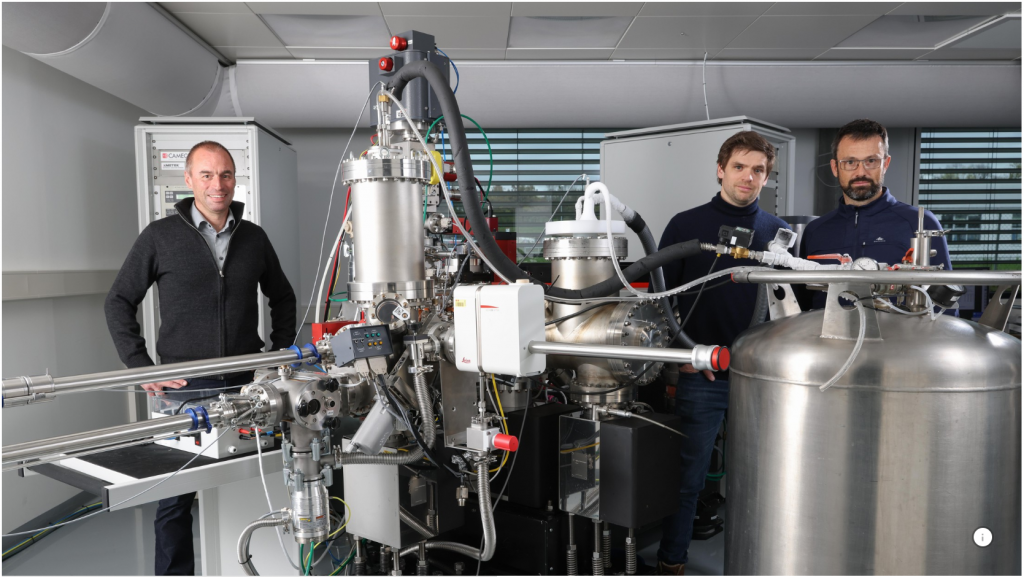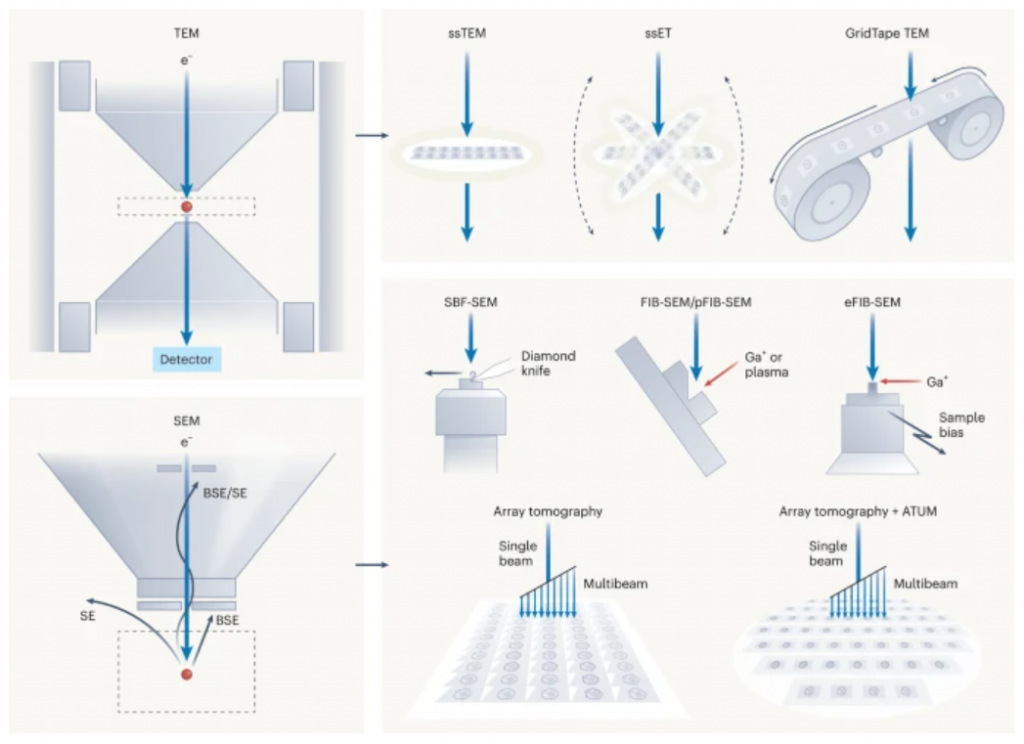L’ETH ouvre un poste de technicien en EM pour travailler à ScopeM. C’est une opportunité rare en Suisse!
Correlated cryo-SEM and CryoNanoSIMS imaging of biological tissue
in a large and long efforts among many teams in Lausanne, the first cryo-NanoSIMS paper is out! Vitrified sample are mapped in cryo-SEM and then ions are detected to get an elemental map at subcellular resolution!
here is the press release :

and here is the article .
References
Serial Lift-Out – Sampling the Molecular Anatomy of Whole Organisms
Check out this amazing paper performing serial section cryo-FIBSEM and cryo-ET:
https://www.biorxiv.org/content/10.1101/2023.04.28.538734v1

volume EM (vEM) in the spotlights!
Please check this excellent comment on the vEM techniques and their strengths in Nature methods. UK vEM experts have driven the vEM community since the beginning and reading their opinions is highly informative! The EMF is offering most of the vEM techniques and we are happy to talk to you if you think that one of these techniques could help you. we can also put you in contact with others facilities offering different techniques.
https://www.nature.com/articles/s41592-023-01861-8

